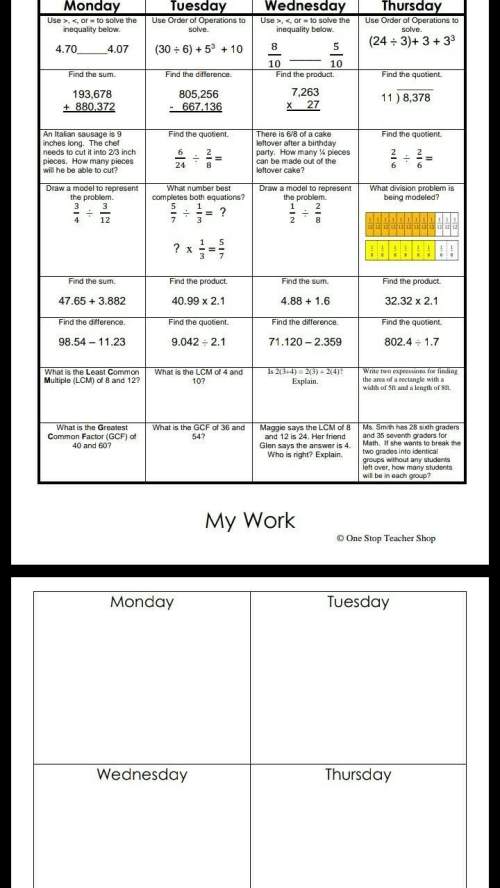
Mathematics, 12.12.2020 16:10 Deascry
Giving Brainliest!
In the troposphere, as altitude increases, air temperature drops at a relatively uniform rate. At the top of the troposphere, an average height of 11 km, the average temperature is −56.5°C. At the base of the troposphere, 0 km, the average temperature is 15°C.
In a linear model of this situation, which of the following statements applies?
A.
An increase of 1 km in altitude corresponds to a increase of 6.5°C in temperature.
B.
An increase of 1 km in altitude corresponds to a decrease of 3.8°C in temperature.
C.
An increase of 1 km in altitude corresponds to a decrease of 6.5°C in temperature.
D.
An increase of 1 km in altitude corresponds to a increase of 3.8°C in temperature.

Answers: 1


Another question on Mathematics

Mathematics, 20.06.2019 18:04
Anewborn baby had about 26,000,000,000 cells. an adult has about 4.94 times 10 to the 13 power cells. how many times as many cells does an adult have than a newborn
Answers: 1

Mathematics, 21.06.2019 19:00
Abarbecue sold 26 hamburgers and hot dogs. hamburgers sell for $3.50 each and hot dogs sell for $2.00 each. if the barbecue made $70 in sales, determine and state the number of hot dogs sold.
Answers: 1

Mathematics, 21.06.2019 19:00
Aprojectile is thrown upward so that its distance above the ground after t seconds is given by the function h(t) = -16t2 + 704t. after how many seconds does the projectile take to reach its maximum height?
Answers: 1

Mathematics, 21.06.2019 21:30
In a test for esp (extrasensory perception), the experimenter looks at cards that are hidden from the subject. each card contains either a star, a circle, a wave, a cross or a square.(five shapes) as the experimenter looks at each of 20 cards in turn, the subject names the shape on the card. when the esp study described above discovers a subject whose performance appears to be better than guessing, the study continues at greater length. the experimenter looks at many cards bearing one of five shapes (star, square, circle, wave, and cross) in an order determined by random numbers. the subject cannot see the experimenter as he looks at each card in turn, in order to avoid any possible nonverbal clues. the answers of a subject who does not have esp should be independent observations, each with probability 1/5 of success. we record 1000 attempts. which of the following assumptions must be met in order to solve this problem? it's reasonable to assume normality 0.8(1000), 0.2(1000)%30 approximately normal 0.8(1000), 0.2(1000)% 10 approximately normal srs it is reasonable to assume the total number of cards is over 10,000 it is reasonable to assume the total number of cards is over 1000
Answers: 1
You know the right answer?
Giving Brainliest!
In the troposphere, as altitude increases, air temperature drops at a relatively...
Questions

Computers and Technology, 23.02.2021 05:10

SAT, 23.02.2021 05:10


World Languages, 23.02.2021 05:10





Spanish, 23.02.2021 05:10

Mathematics, 23.02.2021 05:10




Mathematics, 23.02.2021 05:10

Mathematics, 23.02.2021 05:10

Mathematics, 23.02.2021 05:10

Advanced Placement (AP), 23.02.2021 05:10

History, 23.02.2021 05:10

Mathematics, 23.02.2021 05:10

Mathematics, 23.02.2021 05:10




